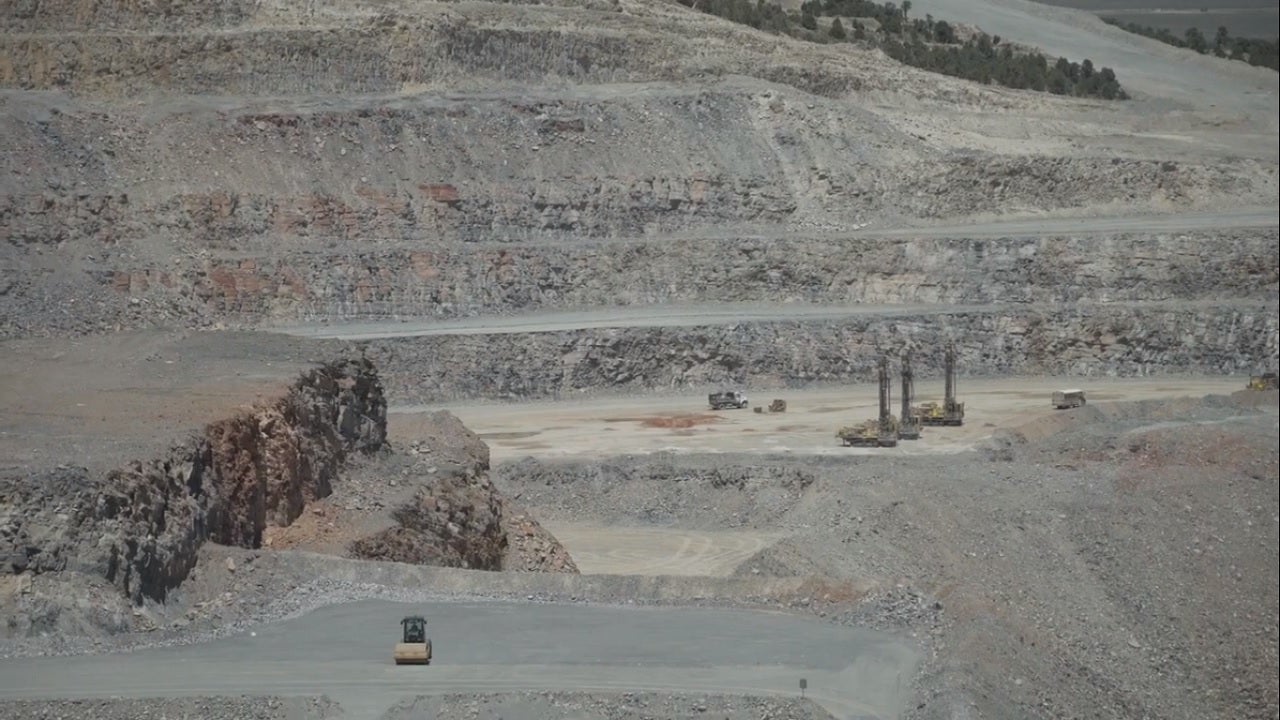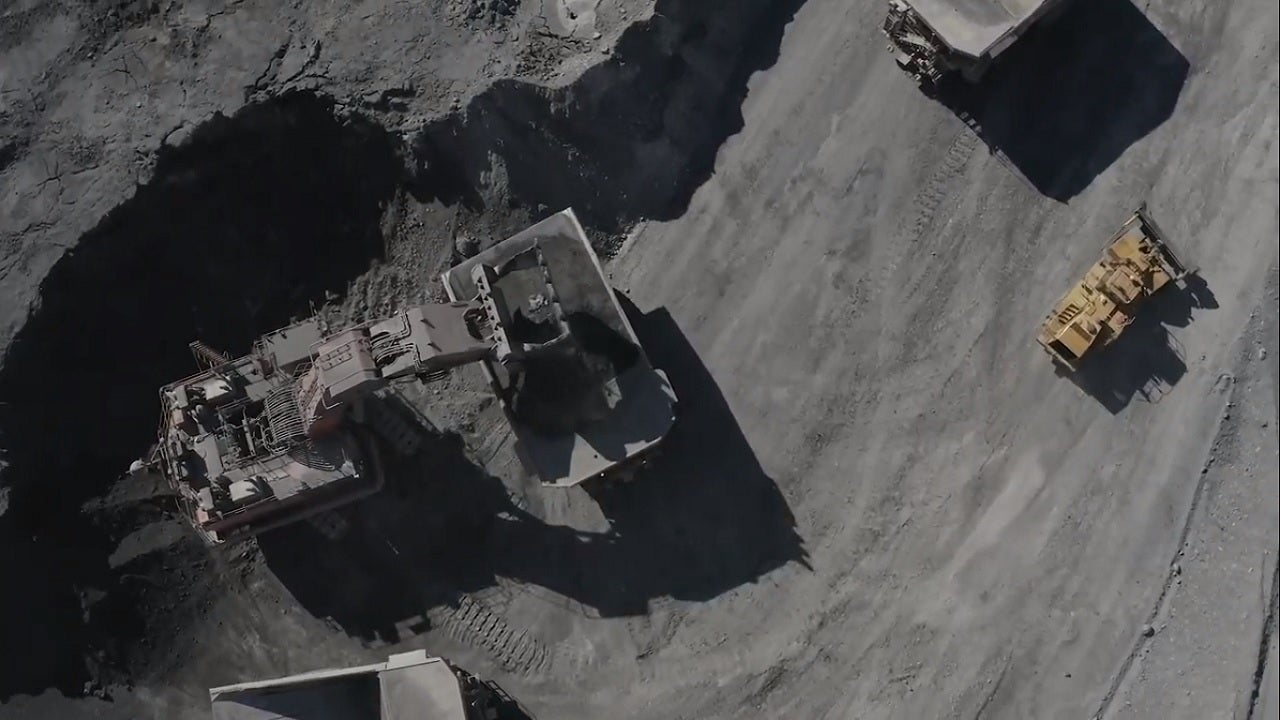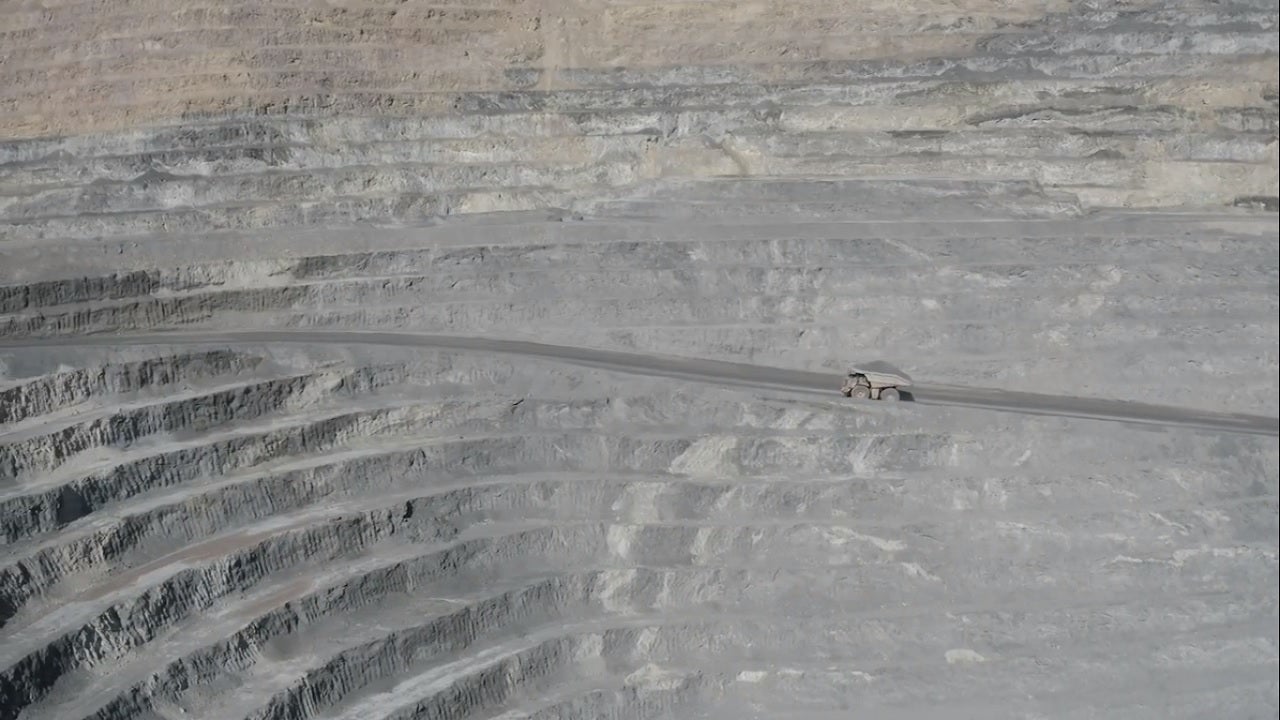Nevada Gold Mines, a joint venture between Barrick (61.5%) and Newmont Goldcorp (38.5%), comprises ten underground and 12 open-pit mines, two autoclave facilities, two roasting facilities, four oxide mills and five heap leach facilities.
Claimed to be the single largest gold-producing complex in the world, the Nevada Gold Mines includes mining operations at Carlin, Phoenix, Twin Creeks, Lone Tree, and Long Canyon.
The Twin Creeks and Lone Tree complexes are in the Winnemucca region further west while the Phoenix gold / copper project, where ore processing has started building up to a full rate output of 350,000–420,000oz/y of gold and around 21,000t/y of copper, is near Battle Mountain.
The Phoenix gold mine in Nevada produced 15 million pounds of copper in 2019. The gold production dropped by 60% owing to just six months of operations in 2019 as compared to a full year in 2018.
Established in July 2019, Nevada Gold Mines is operated by Barrick. The Nevada region produced 765,000oz of gold and 35 million pounds of copper in 2019, prior to the formation of NGM.
Background
Newmont Mining Corp started mining gold at Carlin, Nevada, US, in 1965 and thereafter built up a strong land position in the state. Newmont Gold Company later became the company’s only major asset while the acquisition of Santa Fe Pacific Gold in 1997 increased Newmont’s options for optimising mining and processing. In early 2001, Newmont acquired Battle Mountain Gold Co. and in 2002 Normandy Mining, so further extending its gold mining and exploration base in Nevada. In 2002, Newmont owned or controlled 7,915km² of land along Interstate 80.
Mining started with open pits, some of which have been extended underground since 1994. Processing is by a number of methods, according to ore type. In 2005, the company operated 13 open pits, four underground mines and 14 active processing facilities in Nevada. Most, including Leeville (where development ore production started in Q3 2005, totalling 16,000oz by the year-end), are located on the Carlin Trend west of Elko, exploiting the unique mineralisation identified by Newmont in 1964.
Geology
‘Carlin type’ deposits comprise strata-bound disseminated gold mineralisation, occurring in carbonate rocks of palaeozoic age that have been metamorphosed to varying extents. They are usually structurally controlled.
Mineralisation may be predominantly oxides, sulphides, refractory or carbonaceous sulphides and ore type determines the treatment route. High-grade oxide and sulphide ore can be treated by conventional milling and cyanidation, but for the lower-grade oxides Newmont developed heap-leaching technology.
Similarly, for the large proportion of refractory ores that cannot be processed by conventional methods, the company completed a roasting unit for higher grades and a proprietary bio-oxidation system for lower grades, both in 1994. Refractory ore with a carbonaceous content is treated in the bio facility or by ammonium thiosulphate leaching. The Winnemucca operations use autoclaves to pre-treat refractory ores.
Reserves
The total proven and probable gold reserves for Nevada Gold Mine complex is 29.8Moz.
The total proven and probable mineral reserves for the Carlin complex, Nevada gold mines are estimated to be 190Mt grading at 3.32g/t Au, containing 21Moz on a 100% basis as of December 2019.
At Phoenix, proven reserves were estimated at 9.4Mt grading 0.66 g/t representing 0.20Moz of gold and 94Mt grading 0.59 g/t representing 1.8Moz of gold as of December 2019.
Mining
Open-pit mines remain the major source of Carlin Trend ore. Carlin is the original pit but Gold Quarry, which opened in 1985 and has been supplemented by the Tusc satellite pit since 1994, is the largest. Other major pits have been Genesis and Post, while Bootstrap, Beast, Lantern and Sold were opened in 1995. Mining is conventional, using large shovels and haulers.
Underground mining, in higher-grade ore down-dip from existing open pits, started in 1994, with two extensions from Carlin. Rain, which works oxide ores by longhole stoping, is an extension of the depleted Rain pit, and Deep Star is an extension from Genesis. Deep Post, which started up in 2001 and produced 227,000oz in its first year, has its portal located within Barrick Goldstrike’s Betze/Post open pit.
In 2002, development began on the 700m-deep Leeville deposit, which has reported reserves of 2.7Moz, with ore hoisting scheduled to start by mid-2006 and to reach 1900t/d by end-2006: full-rate gold output should be 500,000–l550,000oz/y for more than eight years. Newmont is using MineStar to help manage its Nevada operations.
Ore processing
The process plants available, some using Newmont proprietary technology, provide considerable flexibility: a linear programme helps to direct ore types to the plant offering the highest economic return. Newmont groups its Nevada process units as follows:
Oxide mills: Carlin Trend mill 5; Midas, Twin Creeks; Lone Tree
Refractory mills: Carlin bio-leach (mill 5), Carlin roaster (mill 6); Lone Tree flotation, Twin Creeks and Lone Tree autoclaves
Dump Leach operations: Carlin-oxide, Carlin-refractory; Twin Creeks and Lone Tree oxide
Although Newmont processes several ore types, the proportion of gold recovered from refractory ores rose from 30% in 1996 to 66% in 2002.
Production
In 2005, Newmont’s Nevada open pits mined 175Mt of material and the underground mines 1.42Mt. The oxide mills processed 4.20Mt averaging 4.3g/t gold, the refractory mills 8.15Mt averaging 6.8g/t, and leach dumps 17.5Mt averaging 0.9g/t to give a total output of 2.46Moz of gold.
The company’s consolidated Nevada gold sales were down 3.7% to 2.44Moz, while applicable cash costs rose 18.1% to US$333/oz. As the electricity price is a key contributor to cost increases, Newmont constructed a 203MW power station near Elko, which saves up to $20/oz in total cash costs and was completed in 2008.
In 2019, the gold produced by the Nevada mines was 2.2Moz.






